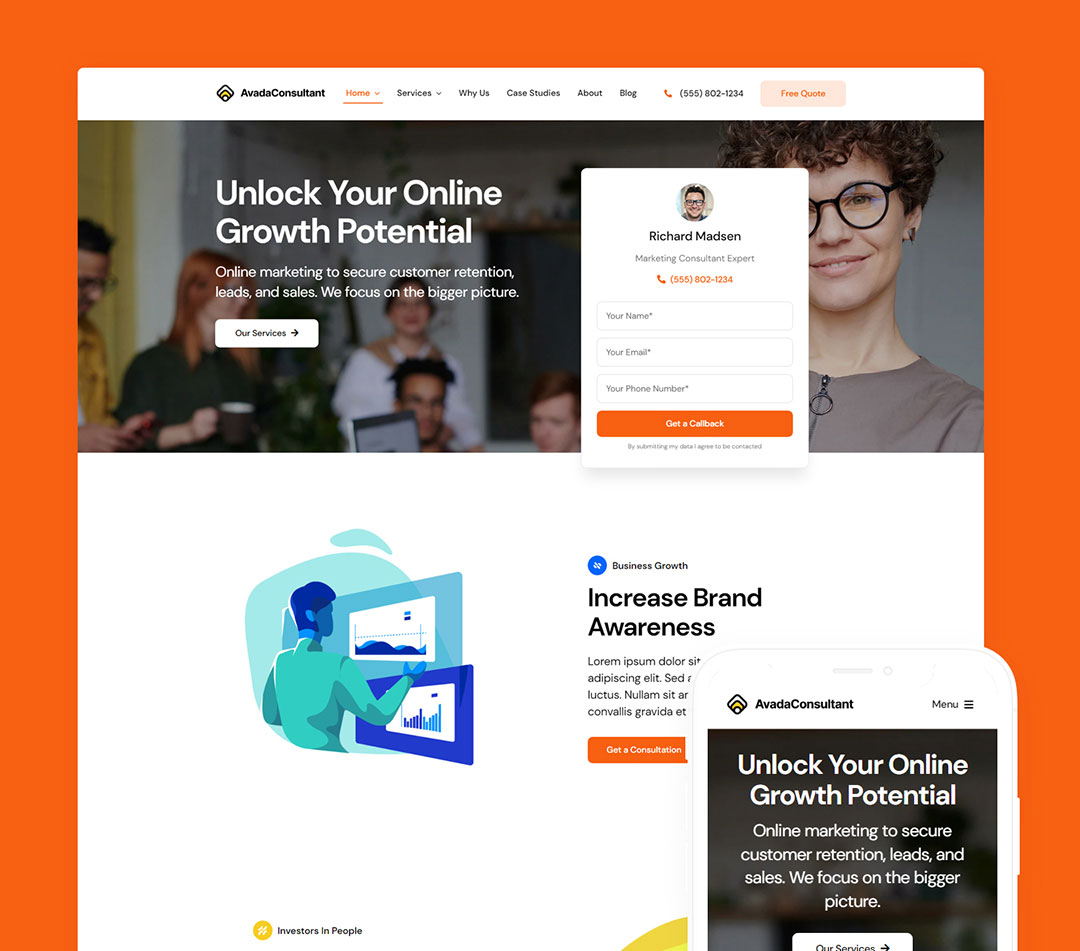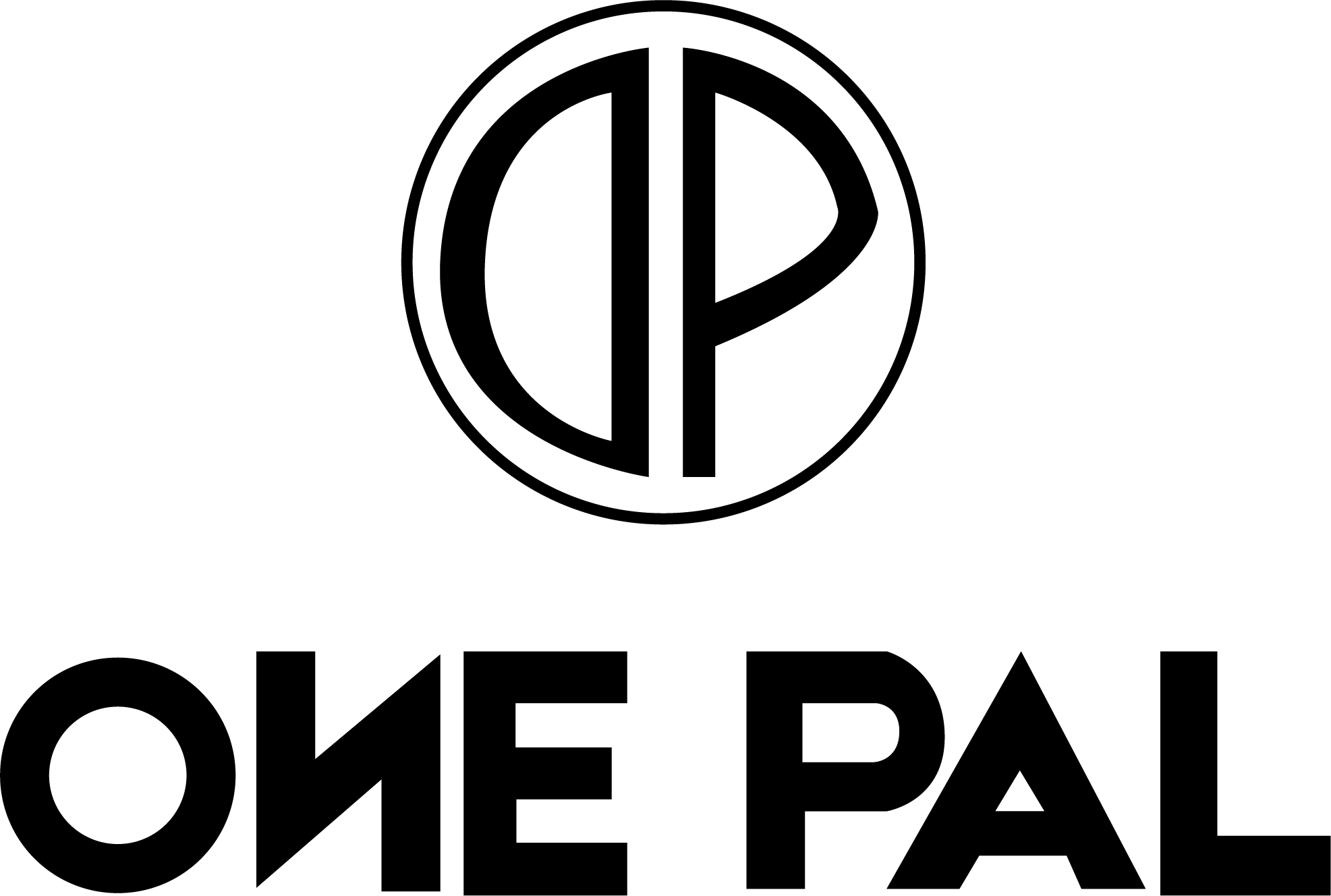
1. Design systems
Design systems are a set of interconnected patterns, guidelines, and best practices that help designers create consistent and cohesive interfaces. In 2023, design systems are becoming more popular as a way to speed up the design process, improve collaboration, and ensure consistency across different devices and platforms.

Design systems typically include a set of design guidelines, a library of UI components, and a set of documentation that helps designers understand how to use the system. By using a design system, designers can quickly and easily create new interfaces that are consistent with the rest of the design.
2. Advanced prototyping tools
Prototyping tools have been around for a while, but in 2023, they are becoming more advanced and powerful. These tools allow designers to quickly and easily create interactive prototypes of their designs, which can be tested and refined before development begins.
Some of the most exciting new prototyping tools include Figma, Sketch, and InVision Studio. These tools allow designers to create complex interactions, animations, and micro-interactions, which can help bring their designs to life.

3. AI-powered web design tools
Artificial intelligence is becoming increasingly important in web design, and in 2023, we’re seeing the emergence of a range of AI-powered design tools. These tools use machine learning algorithms to help designers create more effective and engaging interfaces.
Some of the most exciting AI-powered design tools include Adobe Sensei, Sketch2Code, and The Grid. Adobe Sensei uses AI to help designers automate repetitive tasks and make design recommendations based on data. Sketch2Code is a Microsoft tool that allows designers to turn hand-drawn sketches into working HTML code. The Grid is an AI-powered website builder that automatically designs and builds websites based on user input.
Some of the most exciting AI-powered design tools include Adobe Sensei, Sketch2Code, and The Grid. Adobe Sensei uses AI to help designers automate repetitive tasks and make design recommendations based on data. Sketch2Code is a Microsoft tool that allows designers to turn hand-drawn sketches into working HTML code. The Grid is an AI-powered website builder that automatically designs and builds websites based on user input.
4. Responsive design frameworks
Responsive design is now a standard part of web design, but in 2023, we’re seeing the emergence of new responsive design frameworks that make it easier than ever to create responsive interfaces.
Some of the most popular responsive design frameworks include Bootstrap, Foundation, and Materialize. These frameworks provide a set of pre-designed UI components that are optimized for different devices and screen sizes. By using a responsive design framework, designers can quickly and easily create interfaces that look great on any device.
5. Modular design tools
Modular design is a design approach that involves creating interfaces from a series of interchangeable modules. In 2023, we’re seeing the emergence of a range of modular design tools that make it easier than ever to create modular interfaces.
Some of the most exciting modular design tools include Modulz, Blocs, and Webflow. Modulz is a design tool that allows designers to create modular interfaces by combining pre-designed modules. Blocs is a Mac-based design tool that allows designers to create modular interfaces using a drag-and-drop interface. Webflow is a web-based design tool that allows designers to create modular interfaces using a range of pre-designed modules.
6. CSS grid and flexbox
CSS grid and flexbox are layout techniques that allow designers to create more complex and dynamic layouts using CSS. In 2023, these techniques are becoming more widely adopted as designers look for ways to create more engaging and dynamic interfaces.
CSS grid allows designers to create complex grid layouts that adapt to different screen sizes and devices. Flexbox allows designers to create flexible and dynamic layouts that adapt to different content and screen sizes.
7. Visual collaboration tools
n 2023, web designers have a range of exciting new tools for visual collaboration. These tools make it easier than ever to work together on design projects, share feedback, and collaborate in real-time.
Some of the most exciting visual collaboration tools include Miro, Figma, and InVision. Miro is a visual collaboration platform that allows designers to create digital whiteboards, share ideas, and collaborate with team members in real-time. Figma is a web-based design tool that allows designers to collaborate on design projects in real-time. InVision is a design platform that includes a range of collaboration tools, including comments, annotations, and live share.
With these tools, designers can collaborate more effectively with their teams, clients, and stakeholders. They can share designs, provide feedback, and make changes in real-time, which can help speed up the design process and ensure that everyone is on the same page.
Another important aspect of visual collaboration is accessibility. In 2023, we’re seeing a greater focus on accessibility in web design, and this includes accessibility in visual collaboration tools. Many of these tools now include features that make them more accessible to people with disabilities, such as screen readers, keyboard shortcuts, and color contrast settings.
Overall, visual collaboration tools are a crucial part of the modern design process, and in 2023, they are becoming more advanced and powerful than ever. By using these tools, designers can collaborate more effectively, create more engaging interfaces, and ensure that their designs are accessible to everyone.




